Transport and the Environment
The Transport sector has for many years been the most significant contributor to greenhouse gas emissions. According to UK Government statistics from 2023, domestic transport contributed to 29% of CO2 emissions, significantly ahead of both Industrial and Agricultural practices [1]. As well as this, Nitrogen Oxides produced by tailpipe emissions contribute significantly to air pollution, which is estimated to cause upwards of 25,000 preventable deaths each year [2].
In the global effort to reduce emissions, reducing the impact of transportation has been tackled in various different ways. Alternative fuelling methods have been at the centre of changes, however improvements to power management systems and alteration of existing petrol and diesel vehicle designs in to ‘hybrid’ vehicles have allowed a smoother transition.
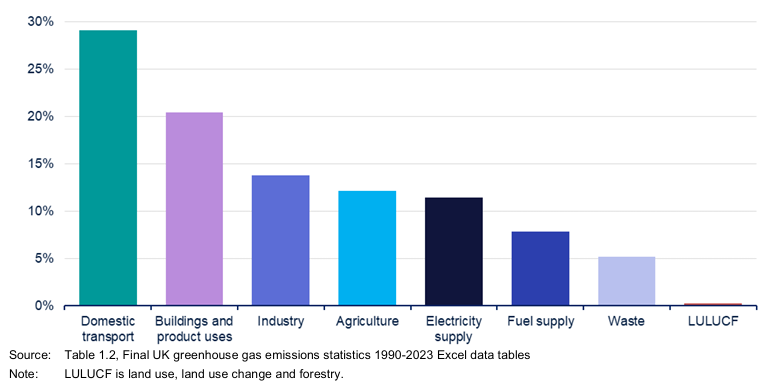
Source, UK Gov [1]
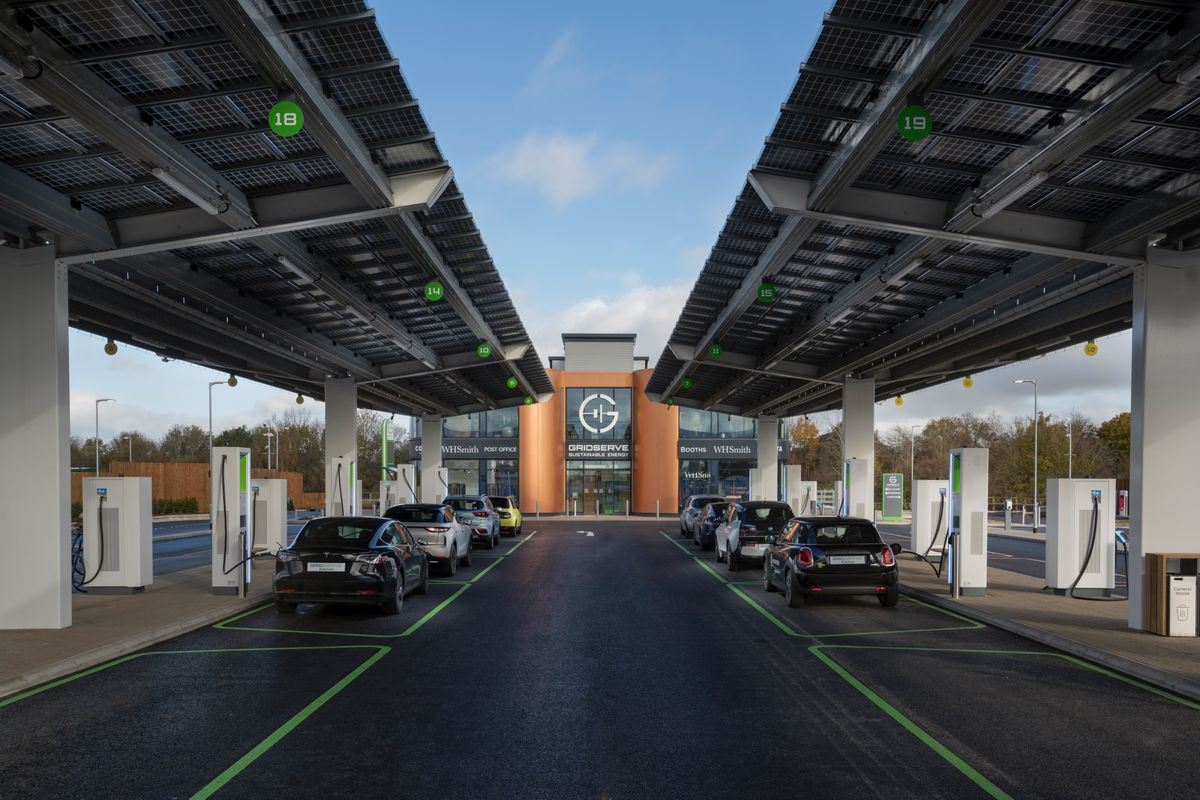
Source, UKCarline [6]
UK Government and Green Transport
The UK government have created policy plans in recent years to facilitate and accelerate the decarbonisation of transport. In November 2020, the government set out to end the sale of new petrol and diesel vehicles by 2030 [3].
The current labour government have restored this policy, as well as deregulation of electric vehicle charging points with the intention of having over 300,000 across the UK by 2030 [4]. The construction of giga-factories to produce car batteries is also a priority, with Ford and Nissan among six companies in talks with the government [5].

Source, UKCarline [6]
Trends In Electric Vehicle Use
Projected trends for the emissions of the transport industry are positive, with the Sustainable Development Scenario 2000-70 projecting a huge decrease in carbon dioxide equivalent emissions, most notably for heavy goods vehicles and passenger cars [7].
In the UK, electric vehicle sales have risen to 455,000 in 2023, with a 23.8% year-over-year from 2022, and in 2021 EVs overtook diesel to be the second most popular fuel type for vehicles in the country [8].
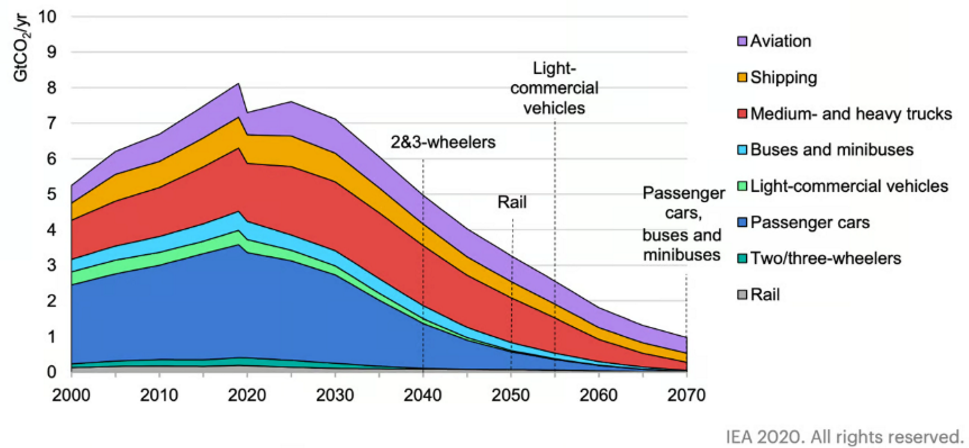
What Vehicles Are Leading The Revolution?
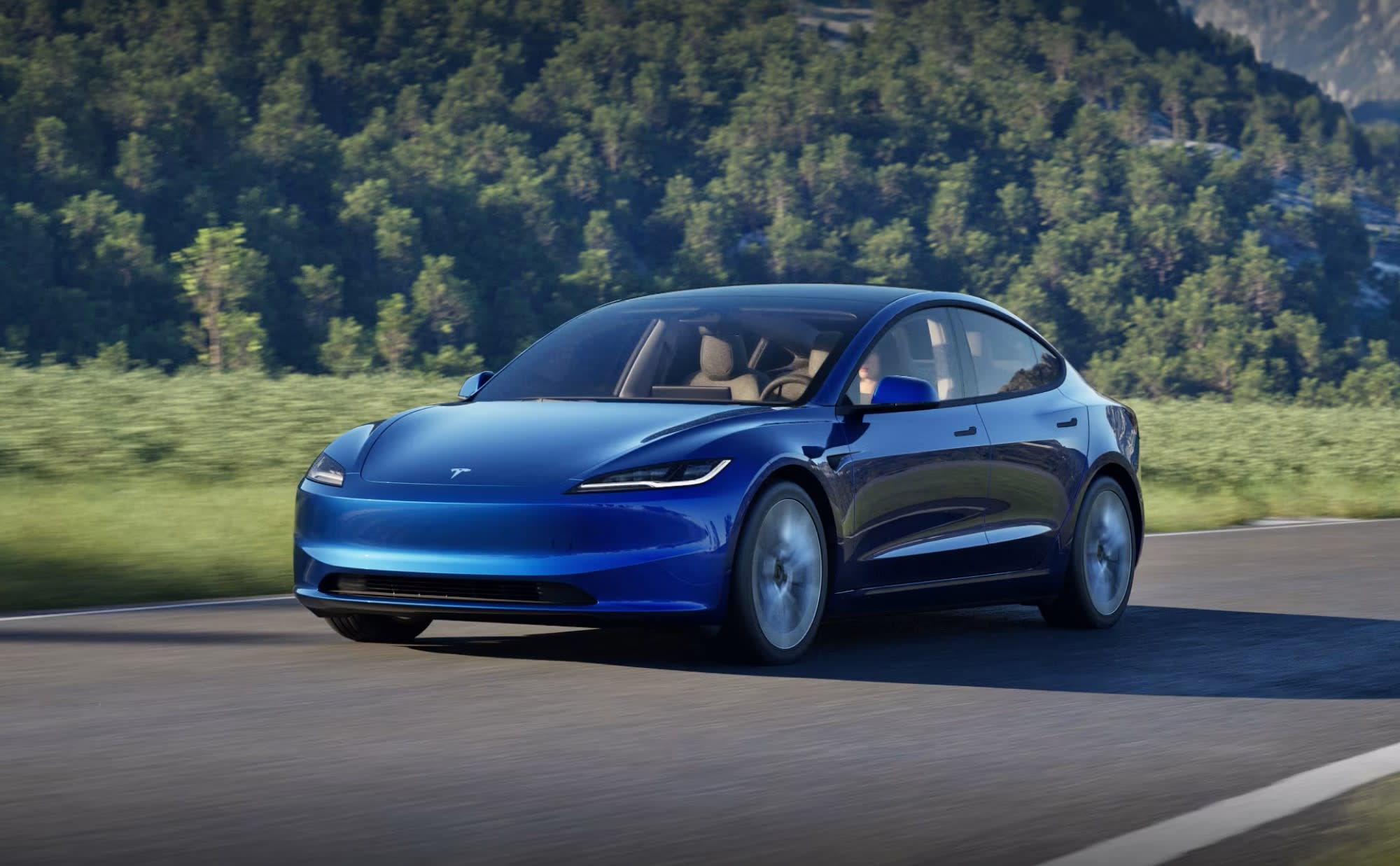
Source, Autoblog [9]
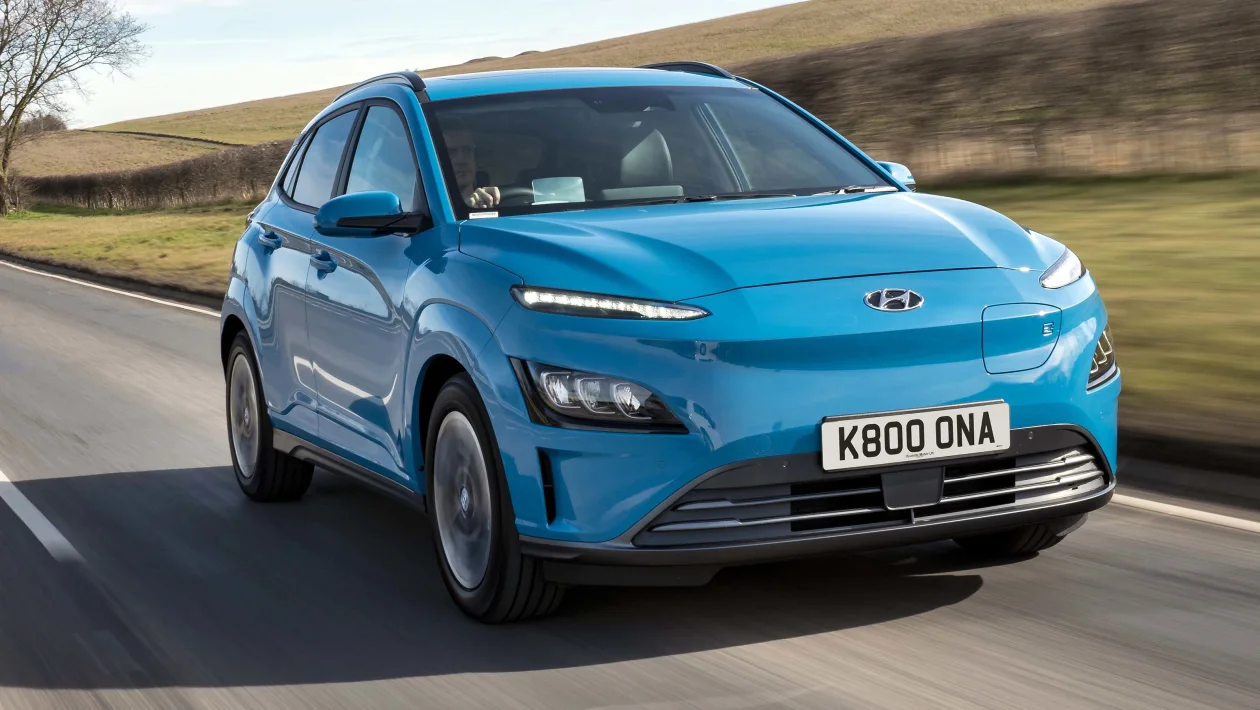
Source, Drivingelectric [10]
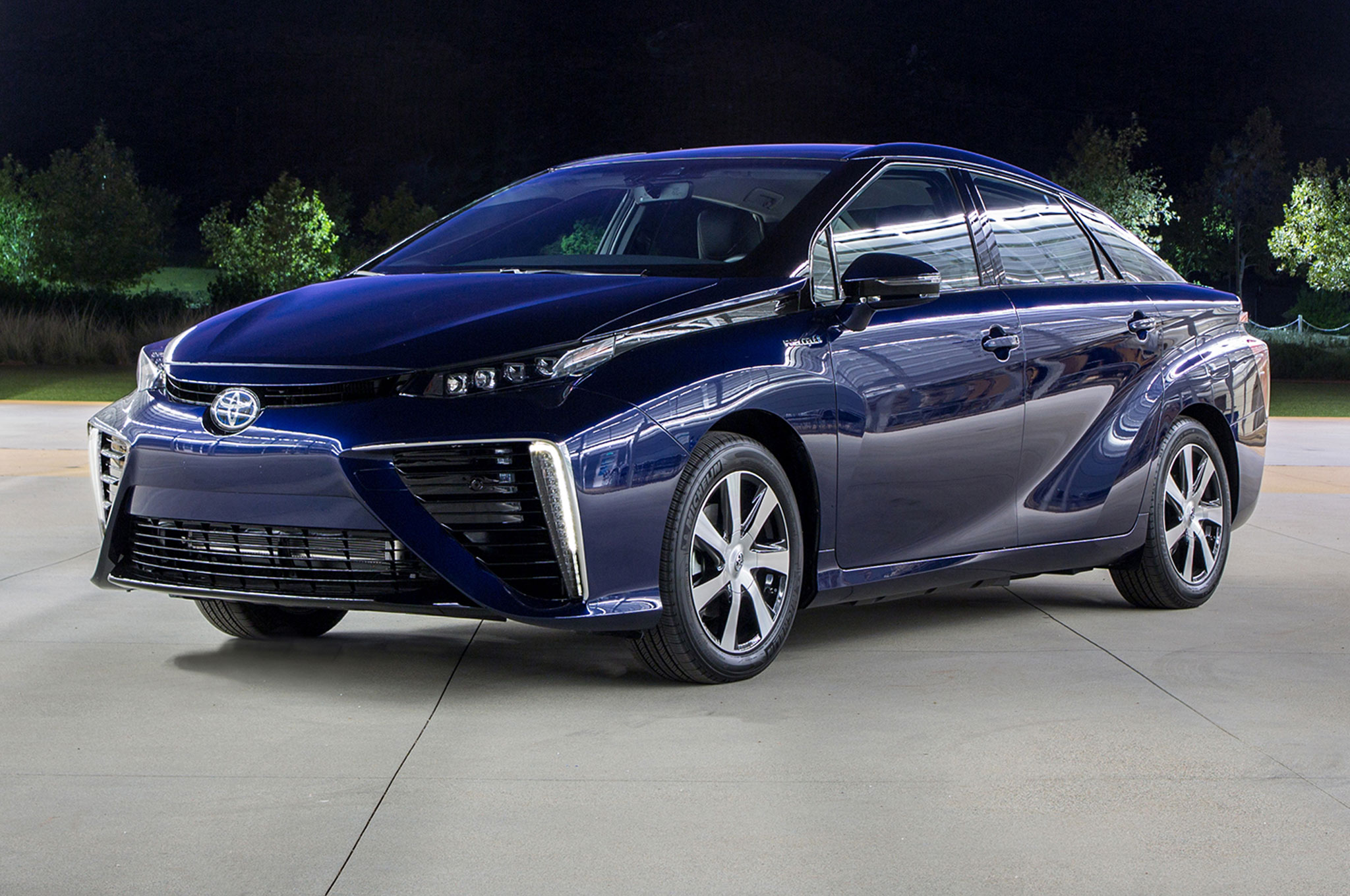
Source, Toyota [11]
BEVs
Battery Electric Vehicles (BEVs) are electric vehicles powered solely by a large battery connected to a motor. They produce zero exhaust emissions, and are viewed by many as being the future of vehicles across the world.
HEVs
Hybrid Electric Vehicles (HEVs) involve both a combustion engine and also a battery, where both can power the engines. The combination of the two can provide unique power management capabilities and improve energy efficiency significantly.
FCEVs
Fuel Cell Electric Vehicles (FCEVs) and Flexible Fuel Vehicles (FFVs) are lesser known and used types of Zero-emission vehicle, but present intriguing advantages to electric vehicles regarding other environmental concerns.
Get in Touch with Us!
We’d love to hear from you. Whether you have feedback, suggestions, or want to share insights related to sustainability and environmental truth, your voice matters. At Earth Athenaeum, we believe in open dialogue and collaboration to uncover and explore the realities behind green initiatives and corporate claims.
If you have questions, ideas, or simply want to connect, feel free to reach out — we’re here to engage, listen, and learn together.
Reference List And Further Reading
[1] – for D. Final UK greenhouse gas emissions statistics: 1990 to 2023 [Internet]. GOV.UK. 2025. Available from: https://www.gov.uk/government/statistics/final-uk-greenhouse-gas-emissions-statistics-1990-to-2023
[2] – Local Government Association. COP26 and the impact of air pollution on public health and wellbeing, House of Commons, 2 November 2021 | Local Government Association [Internet]. www.local.gov.uk. 2021. Available from: https://www.local.gov.uk/parliament/briefings-and-responses/cop26-and-impact-air-pollution-public-health-and-wellbeing-house
[3] – Hills J. Labour’s vision for the UK’s electric vehicle future [Internet]. ElectricDrives. 2024 [cited 2025 Mar 26]. Available from: https://electricdrives.tv/labours-vision-for-the-uks-electric-vehicle-future/
[4] – Maddox D. EV charging points to be faster and cheaper to install in Labour’s rapid rollout plans [Internet]. The Independent. 2025 [cited 2025 Mar 26]. Available from: https://www.independent.co.uk/news/uk/politics/electric-vehicle-charge-points-labour-plans-b2711737.html
[5] – Hull R. Britain in talks with six firms about building gigafactories, say reports [Internet]. This is Money. This Is Money; 2021 [cited 2025 Mar 26]. Available from: https://www.thisismoney.co.uk/money/cars/article-9691383/UK-talks-6-firms-building-gigafactories-EV-batteries-FT.html
[6] – The First Electric Vehicle Charging Station Opens in the UK [Internet]. UK Carline News. 2020 [cited 2025 Mar 26]. Available from: https://www.ukcarline.co.uk/news/the-first-electric-vehicle-charging-station-opens-in-the-uk/
[7] – Ritchie H. Cars, planes, trains: Where Do CO2 Emissions from Transport Come from? [Internet]. Our World in Data. 2020. Available from: https://ourworldindata.org/co2-emissions-from-transport
[8] – Statista. UK: Yearly Electric Vehicle Sales [Internet]. Statista. 2023. Available from: https://www.statista.com/statistics/1411261/uk-annual-electric-vehicle-sales/
[9] – Tesla sales in Europe drop yet again [Internet]. Autoblog.com. 2025 [cited 2025 Mar 26]. Available from: https://www.autoblog.com/news/tesla-sales-in-europe-drop-yet-again
[10] – Jervis T. Driver Power: The best electric and hybrid cars to own [Internet]. DrivingElectric. 2020 [cited 2025 Mar 26]. Available from: https://www.drivingelectric.com/best-cars/1681/driver-power-the-best-electric-and-hybrid-cars-to-own
[11] – Toyota Hybrid Cars | Self-Charging Hybrid | Toyota UK [Internet]. Toyota GB. 2025 [cited 2025 Mar 26]. Available from: https://www.toyota.co.uk/hybrid?&msclkid=e2b30f17053018e0487168f5ca1b4c0b&gclid=e2b30f17053018e0487168f5ca1b4c0b&gclsrc=3p.ds
